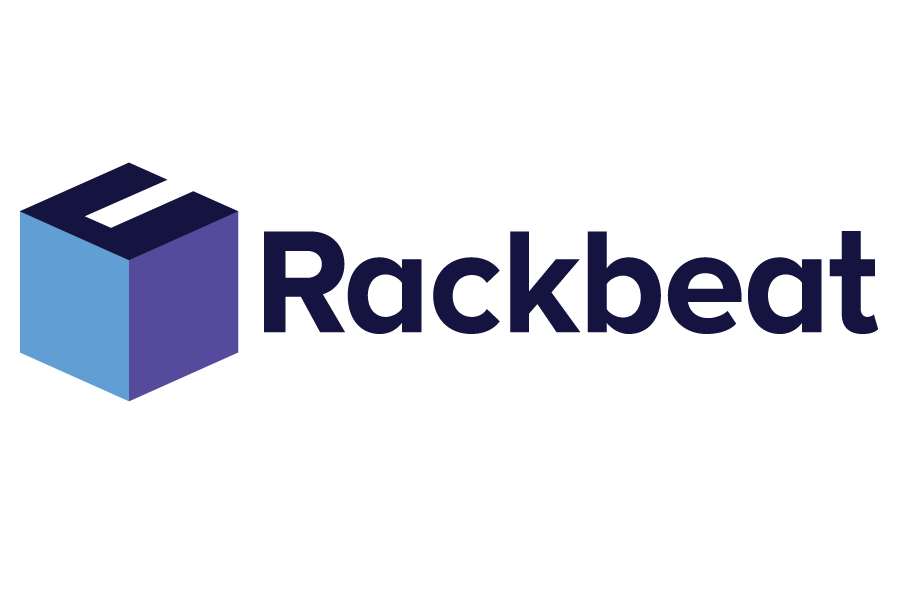Barcoding
Barcoding refers to the use of barcodes to identify and track products throughout the entire supply chain – from procurement to warehousing and finally to the customer. Each barcode is linked to a specific item and can be scanned to quickly and accurately retrieve information such as item number, description, price, location, quantity, and potentially batch number.
Rackbeat April 16, 2025
Benefits of Barcoding in Inventory Management
Barcoding creates transparency and accuracy throughout the warehouse process, making it much easier to optimize both purchasing management and order management. Here are some of the key benefits:
Faster and more accurate goods reception
Eliminate manual entry and register incoming items with a single scan.Efficient pick and pack process
Barcoding helps minimize errors and ensures that the right items are included in each shipment.Easier tracking of batch numbers and expiration dates
Especially important in industries with strict traceability requirements, such as food or pharma.Better decision-making
When your data is up-to-date and accurate, you can adjust your procurement planning and reduce excess inventory more effectively.
Which Industries Use Barcoding?
Barcoding is indispensable in a wide range of industries – especially where traceability, efficient logistics, and fast inventory turnover are key factors. These industries include:
FMCG and retail, where products need to be scanned and sold quickly
Manufacturing, where components and finished goods must be registered precisely in the production flow
E-commerce, where speed and precision are critical for customer satisfaction
Healthcare and pharma, where barcodes ensure correct medication handling and traceability
Wholesale and distribution, where many different products are processed daily
In all these industries, barcoding is often integrated into modern inventory management systems or WMS solutions, which connect the entire supply chain and make it easier to make data-driven decisions.
How Does Barcoding Work in Practice?
When goods are received at the warehouse, they are typically assigned a barcode – either by the supplier or internally. As the product moves through the warehouse or is sold, employees scan the barcode using warehouse hardware, such as a handheld scanner or mobile device. This automation reduces typing errors, minimizes manual work, and ensures a high degree of traceability.
In practice, barcoding plays a vital role in efficient inventory management. By scanning products at receiving, transfer, picking, and shipping stages, you gain full, real-time visibility into your stock levels – something that is particularly valuable in industries with high inventory turnover, such as FMCG (Fast Moving Consumer Goods).
Take Your Inventory Management to the Next Level – Get Inspired Straight to Your Inbox
Want to learn how to optimize your warehouse, save time, and gain better control over your operations? Then sign up for Rackbeat’s newsletter. We’ll send you actionable tips, industry-specific insights, and updates on inventory management – no noise, no spam.
Sign up here and take the first step toward a more efficient warehouse.


